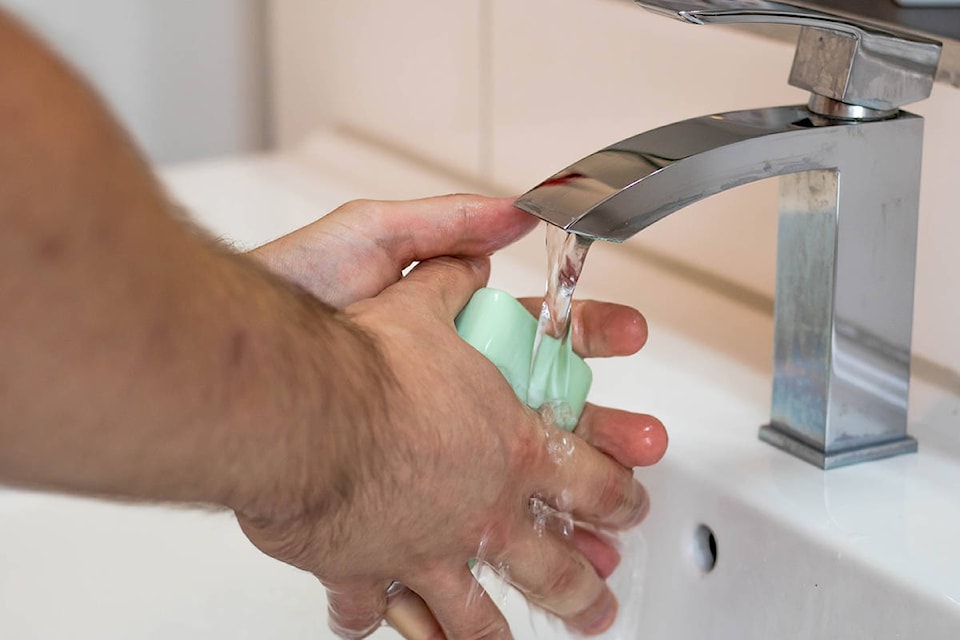Hand hygiene is one of the easiest ways to reduce the spread of infections in hospitals, but B.C.’s physicians continue to lag behind their colleagues when it comes to consistently washing up.
In both the Fraser Health region and across the province, doctors are failing to meet targets for hand-washing compliance and remain less likely to clean their hands than nurses and clinical staff, according to new figures. And although health authorities – and Fraser Health in particular – made significant advances after a campaign began in 2010, the last two years has seen progress stall and, in some cases, reverse itself.
There is some good news: last year, hand-washing in B.C.’s acute care facilities was above the 80 per cent compliance rate, as detected in regular audits across the province. And in Fraser Health facilities, proper hand hygiene was observed 86 per cent of the time. But doctors in Fraser Health and around the province, haven’t kept pace.
While Fraser Health nurses and clinical staff had rates in the mid- to high-90s, doctors had a 78 per cent compliance rate last year. An even larger gap could be seen provincewide, with the Provincial Infection Control Network (PICNet), recording 83 per cent compliance among nurses, but just 70 per cent among physicians. Provincially, and in Fraser Health, doctor compliance rates sagged between the 2015/16 and 2016/17 years.
It’s not a new thing for physicians to lag behind other health care workers when it comes to hand-washing. Studies from around the globe have consistently found nurses out-wash physicians. Bruce Gamage, PICNet’s director, says attention may have lagged after the success of the initial hand-washing campaign.
In Fraser Health hand hygiene compliance in acute care departments was a miserable 26 per cent in 2009/10. The following year, a new campaign ramped up hand hygiene audits and education and by 2015/16, compliance rates had risen to 87 per cent.
“With any program, when you put in a big push, you just get basic fatigue,” Gamage said. To bring attention back to the need to keep hands clean, Gamage said his network will be working to “refresh” the program, both in education and in the ways hand hygiene is audited. In particular, he said data shows health workers are good at washing up after seeing a patient, but need to improve rates of pre-contact hand-cleaning.
Gamage also acknowledged that the actual compliance rates are actually probably worse than reported because workers are better at hand-washing when they notice an auditor nearby.
“There’s always room for us to improve,” Trina Larsen Soles, the president of Doctors of BC (formerly the BC Medical Association), told The News. She said improving compliance is a matter both of education, and often improving facilities to make hygiene easier and more instinctive.
“You can do structural things to make hand-washing easier,” she said. Training and education is also important, she said, particularly for more-experienced physicians.
